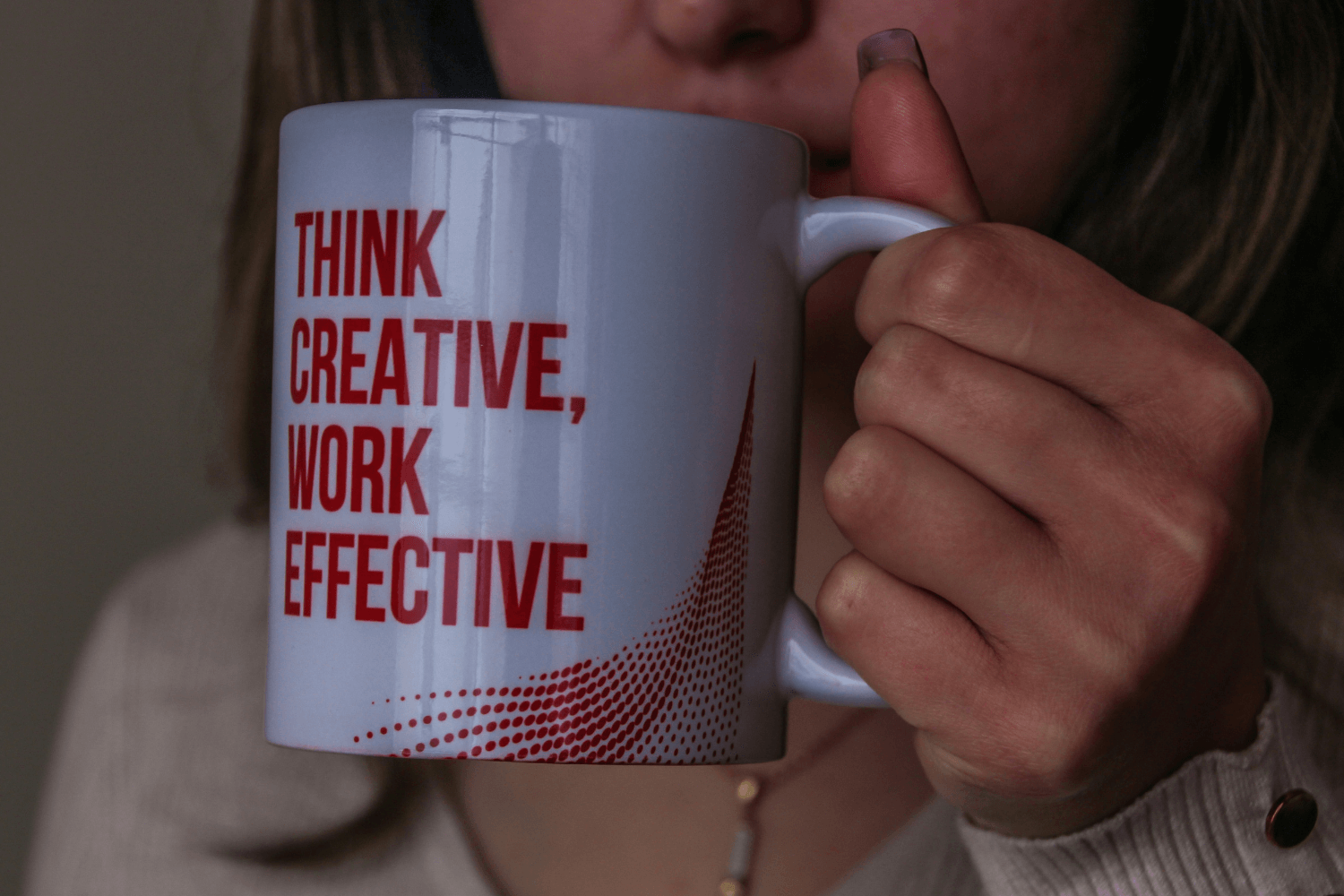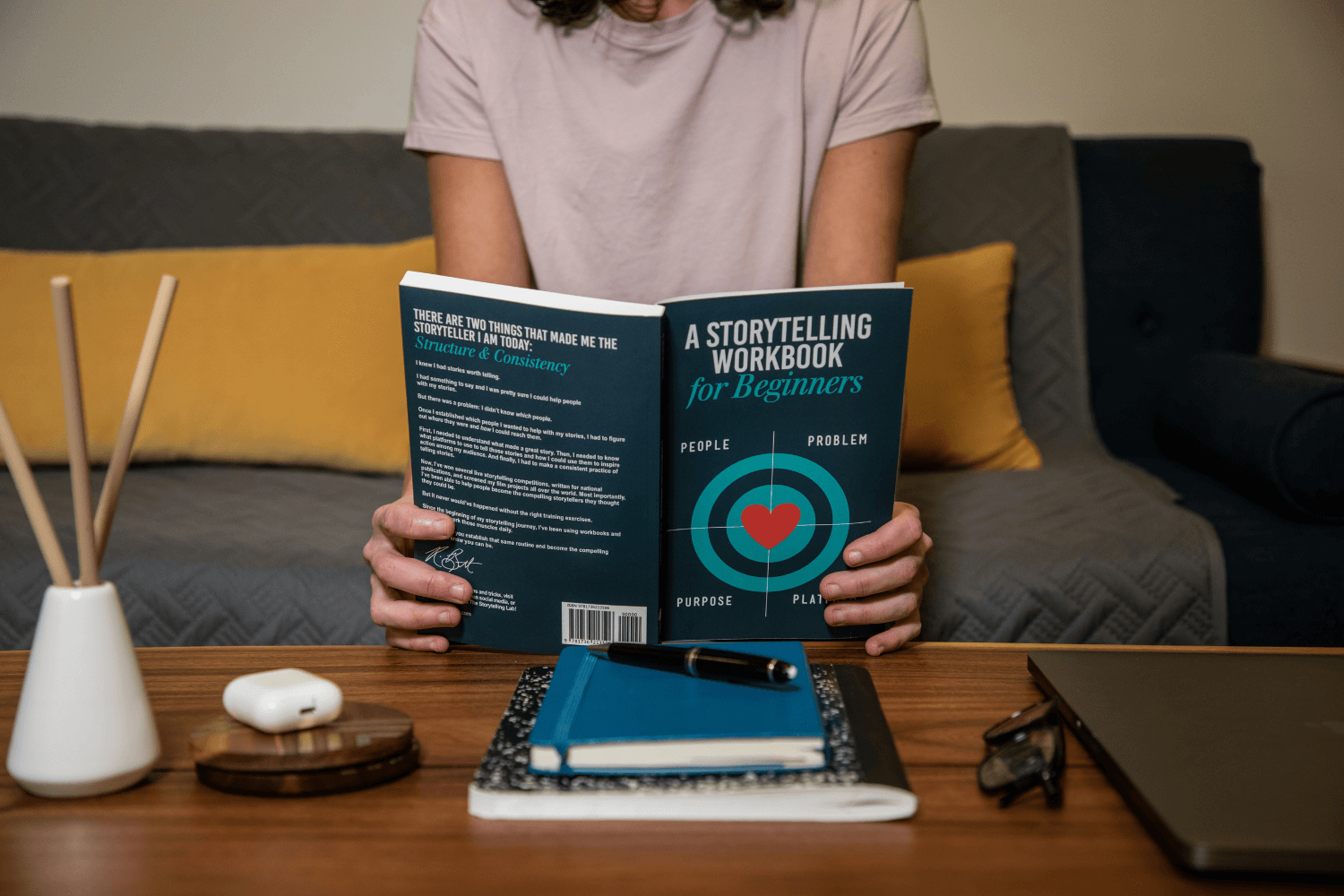In-House Agency Structure and Its Impact on Creativity
In-house creative agencies are no longer the corporate backup plan—they’re where some of the boldest ideas are happening. From Apple to Kraft, brand teams are creating campaigns that rival top ad agencies. This article breaks down how in-house agencies work, what makes them different, and whether this creative path could be the right fit for you.

Okay, so picture this: you’re deep in ad school or scrolling through advertising TikTok, and everyone’s talking about “the big leagues”—you know, Ogilvy, Wieden+Kennedy, Droga5, all the classic ad agency lore. 🧠✨
But plot twist—some of the most innovative, boundary-pushing creative work right now? It’s coming straight from in-house creative agencies.
Yup, we said it. The teams inside brands like Apple, Kraft, and Meta are out here dropping campaigns that rival (and sometimes outshine) the big-name ad shops.
So what’s going on? How are these in-house teams structured? What makes them different? And should you consider working in one?
Let’s unpack this so that by the end of this article, you’ll know:
- What an in-house creative agency actually is (and what it’s not)
- How its structure impacts collaboration and creativity
- How it compares to traditional agencies
- And how to decide if this path fits your career goals 💼✨
What Is an In-House Creative Agency?
Alright, let’s start with the basics.
An in-house creative agency is exactly what it sounds like: a full creative team built inside a company where you’re working only for that brand. Instead of juggling ten different clients, the team has one mission: make their brand look, sound, and vibe amazing across every platform.
Think of it as the brand’s personal hype squad.
Some famous examples:
- Apple’s Media Arts Lab: Iconic design energy? Yeah, that’s them.
- Meta Creative X: All those platforms launch visuals and playful campaigns? 👋 hi.
- Amazon D1: Think huge global campaigns, all from their internal crew.
- Kraft Heinz’s The Kitchen: The award-winning, spicy work that’s chef’s kiss 🍅
Structure-wise
Most in-house creative agency structures mirror traditional ones: you’ve got creative directors, art directors, copywriters, designers, producers, and marketing strategists. The only difference? Everyone’s working toward the same brand goals. There’s no “client vs. agency” dynamic here.
And the perks?
- Brand consistency: No mixed messaging. Everyone knows the tone, visuals, and long-term vision.
- Alignment with business goals: You’re creating work that directly supports real business objectives, not just chasing awards. (Though, let’s be real, some in-house agencies win those, too 🎖️).
So while ad agencies focus on servicing multiple brands, in-house teams are all about building one—with depth, consistency, and serious creative intent.
How Structure Impacts Collaboration and Creativity
Now let’s get into the juicy part—how the creative team structure of an in-house agency shapes the way people work and create together.
Collaboration:
Fewer layers often mean faster approvals (no waiting weeks for a client to circle back). You’re not sending 12 rounds of revisions into the void. You’re walking over to marketing, chatting it out, and boom 💥decision made.
That proximity to internal teams (like product, strategy, and social) means creatives get deep insights into the brand’s goals and data. You’re not assuming what works, but instead you know what performs.
BUT—and it’s a real one—that closeness can sometimes cause bottlenecks. If brand leadership wants to approve every last detail, you might find yourself in a slower loop.
Creativity:
Let’s talk creative freedom.
Pros:
- You become a brand expert. From the inside jokes to the long-term storytelling, you understand the brand inside and out. You can shape campaigns that feel emotionally true.
- You can experiment within a consistent world. It’s like learning the “visual grammar” of your brand and pushing it in new directions.
Cons:
- Less variety. You’re working on one brand, so you won’t get that wild “fashion client this week, sports brand next week” mix.
- Risk of a creative echo chamber. Seeing things only through one lens unless you actively bring in outside inspiration.
But here’s the twist: today’s in-house teams are very aware of that risk. Many bring in external collaborators, freelance creatives, and agency partners to keep things fresh. So the echo chamber thing? Not as bad as the rumors say.

In-House vs. Independent Agencies: Key Differences
Okay, time for the ultimate comparison—in-house agency vs ad agency.
1. Creative Variety
Independent agencies = tons of clients across industries. In-house agencies = one brand, but across many formats (social, video, packaging, OOH, events, etc.).
So while you might not switch brands every month, you will explore tons of creative challenges within that brand.
2. Work Pace
Agency life can feel like a treadmill on max speed 🏃♀️. Deadlines, pitches, constant new clients. In-house life? Still busy, but often more sustainable. You might get more time to think long-term, plan ahead, and actually breathe.
3. Resources
In-house agencies often have access to way more data, assets, and insider info about what works. That means your creative ideas are backed by real results.
Agencies, on the other hand, usually get more creative freedom which means sometimes less brand constraint, sometimes more chaos. 😅
4. “Client” Dynamics
In-house = your “client” is the marketing or brand team. You’re collaborating with colleagues, not pitching to strangers. Agency = constant pitching, feedback loops, and managing multiple personalities across different client accounts.
And tbh? Neither is “better.” They just hit differently depending on your vibe.
Career Growth Opportunities in In-House Teams
Let’s talk about you. Because at the end of the day, that’s what this is about—your growth, your portfolio, your creative energy.
Why go in-house?
- Stability: Fewer layoffs, more predictable schedules, and steady work-life balance (usually).
- Depth: You’ll become the expert on one brand’s storytelling, tone, and creative evolution.
- Impact: You get to see your work live everywhere—packaging, social, websites, even product design.
What skills will you gain?
- Brand strategy: You’ll learn how to connect creative to business goals—that’s major.
- Internal collaboration: You’ll get comfy working cross-functionally with non-creatives (and learning how to get their buy-in).
- Long-term campaign management: Instead of one-off projects, you’ll help shape campaigns that evolve over months or years.
Potential limitations?
Sure, you might not build a portfolio with tons of different industries. But the tradeoff? You’ll have more depth. And that looks just as impressive to future employers (or clients if you freelance later).
The trend
In-house agencies are booming. More and more major brands are investing in them because it’s efficient, consistent, and—shocker—they’re doing great work.
So if you’re thinking about career moves, this world is full of opportunity. Roles like junior art director, junior copywriter, and social media creative are popping up everywhere.
And unlike the old-school days where in-house meant corporate and boring, today’s setups are packed with innovative, culture-driven teams that rival any external agency.

Should You Work In-House? 🤔
Now for the existential career questions:
Ask yourself:
- Do you crave variety or consistency? Note: If you love bouncing between industries, agency life might be your vibe. If you want to deep dive and master one brand’s story, in-house might be perfect.
- Do you want to grow deep expertise in one voice, or experiment across many?
- Do you prefer fewer client calls and more collaboration with your own team?
- Or do you thrive on high-stakes pitching, competition, and agency buzz?
As a junior copywriter, In-house can be amazing because you’ll get mentorship, exposure to brand strategy, and a slower ramp-up that helps you build confidence.
On the flip side, traditional agencies can accelerate your creative instincts because of the variety and pace.
But here’s the thing—one isn’t better than the other. And these days, people move between both all the time. You could start in-house, learn how brands actually operate, then jump to an agency later—or vice versa. It’s all valid, and it all builds your creative toolkit.
Finding the Right Fit for Your Career
At the end of the day, there’s no “one right path.” There’s just what fits you right now.
In-house agencies offer structure, stability, and creative depth. They’re collaborative, strategic, and closer to the brand’s heart. Traditional agencies offer variety, speed, and constant reinvention. They’re fast, wild, and endlessly stimulating.
Both can level you up as a creative. Both can help you build killer portfolios. The trick? Know what kind of environment helps you grow fastest.
If you’re the kind of creative who loves digging into the why behind brand decisions, understanding audience data, and shaping one cohesive story over time, in-house might be your next move.
If you’re the type who thrives on chaos, new ideas every week, and adrenaline-fueled brainstorming, agencies will feed that fire.
Either way, the opportunities are equal now. In-house is no longer the corporate backup plan but rather the main stage. 🌟
So, what’s next?
If you’re a student or emerging creative who wants to get a feel for what working in an in-house creative agency is really like, we’ve got you.
book180’s portfolio exercises are designed to simulate real-world in-house briefs from top brands. You’ll learn how to think strategically, collaborate like a pro, and build campaigns that feel straight out of Apple’s or Meta’s creative lab.
Ready to build work that feels real and gets you hired? 👉 Explore our school today and start creating campaigns like the pros.






